Scallion pancakes, known as cong you bing in Chinese cuisine, are a beloved street food and home-cooked delight that marry crispy textures with savory, aromatic flavors. While their origins trace back to northern China, these pancakes have transcended borders, becoming a global favorite. The secret to their irresistible appeal lies in the harmonious blend of tender dough, fragrant scallions, and seasoned fillings—often including minced meat. This article delves into the intricacies of creating the ultimate scallion meat pancake, exploring techniques, ingredients, and tips to elevate this dish from ordinary to extraordinary.
The Foundation: Crafting the Perfect Dough
The dough is the backbone of any scallion pancake. Achieving the ideal balance of elasticity and tenderness requires precision. Start with all-purpose flour, which offers a neutral canvas for other flavors. For every 2 cups of flour, add ¾ cup of warm water (around 100°F/38°C). The warmth activates the gluten, ensuring a pliable dough. Knead the mixture for 8–10 minutes until smooth, then rest it for at least 30 minutes. This resting period allows the gluten to relax, making the dough easier to roll and preventing shrinkage during cooking.
For a richer flavor, some recipes incorporate a small amount of oil or a pinch of salt into the dough. Others experiment with substitutions like whole wheat flour for a nutty twist, though this may alter the texture. Regardless of variations, the golden rule remains: handle the dough gently to avoid overworking it, which can result in a tough, chewy pancake.
The Filling: Elevating Flavor with Meat and Aromatics
The filling is where creativity shines. Ground pork is the traditional choice, offering a mild, fatty base that complements the scallions’ brightness. For leaner options, ground chicken or turkey works well, though a touch of olive oil can compensate for reduced fat content. Marinate the meat with soy sauce, rice wine, ginger, and white pepper to build depth. A teaspoon of sesame oil adds a nutty aroma, while a pinch of sugar balances the savory notes.
Scallions, the star ingredient, should be fresh and finely chopped to prevent puncturing the dough. For optimal distribution, mix the scallions with a neutral oil (like vegetable oil) before layering them into the dough. This step prevents moisture loss during cooking and ensures even flavor dispersion. Some chefs add minced garlic or shallots to the filling for an extra layer of complexity, though purists argue that simplicity allows the scallions to dominate.

Layering Technique: The Key to Flaky Perfection
The hallmark of a great scallion pancake is its layered, flaky texture. To achieve this, roll the dough into a thin rectangle, brush it with oil, and sprinkle the filling evenly. Roll the dough into a tight log, then coil it into a spiral, tucking the end underneath. This method creates distinct layers that puff up during cooking, resulting in crispy, golden tiers.
For meat-filled pancakes, ensure the meat is distributed evenly to prevent clumping. Overstuffing can lead to leaks, while underfilling results in a bland bite. Practice makes perfect—start with a moderate amount of filling and adjust based on dough thickness.
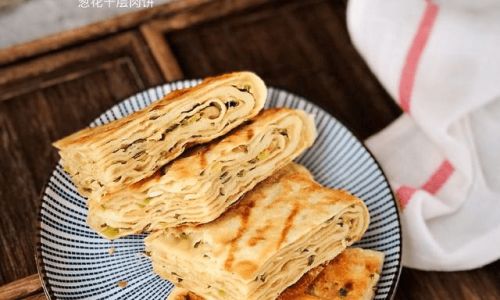
Cooking Methods: Pan-Frying vs. Baking
While traditional recipes call for pan-frying, modern adaptations often explore baking for a healthier alternative. Pan-frying in a cast-iron skillet with a neutral oil (like canola) yields a crispier crust and a quicker cook time. Heat the skillet over medium heat, add the pancake, and cook for 3–4 minutes per side until golden brown. For added crunch, press the pancake gently with a spatula during cooking.
Baking, on the other hand, requires preheating the oven to 375°F (190°C) and cooking the pancake for 20–25 minutes, flipping halfway. This method produces a slightly drier texture but reduces oil intake. A hybrid approach—searing the pancake in a pan first, then finishing it in the oven—combines the best of both worlds: a crisp exterior and a moist interior.
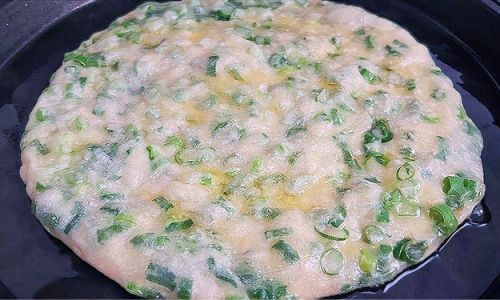
Pro Tips for Culinary Excellence
- Temperature Control: Avoid high heat, which can burn the exterior before the dough cooks through. Medium heat ensures even browning.
- Dough Thickness: Roll the dough thinly (about ⅛ inch) for maximum flakiness. Thicker pancakes may become doughy.
- Resting Time: After rolling, let the pancake rest for 10 minutes before cooking. This relaxes the gluten, preventing shrinkage.
- Oil Selection: Use an oil with a high smoke point (like peanut or grapeseed) for pan-frying to avoid a burnt taste.
- Serving Fresh: Scallion pancakes are best enjoyed immediately, as they lose crispness upon cooling. Reheat leftovers in a toaster oven or skillet to revive their texture.
Variations and Creative Twists
While the classic recipe is timeless, experimentation can lead to exciting variations:
- Spicy Kick: Add chili flakes or Sriracha to the filling for heat.
- Cheese Infusion: Layer shredded cheddar or mozzarella between the dough layers for a melty surprise.
- Vegetarian Delight: Substitute meat with finely chopped mushrooms, tofu, or sweet potatoes.
- Herbaceous Notes: Incorporate cilantro, mint, or dill into the scallion mix for a fresh twist.
Cultural Context and Pairing Suggestions
Scallion pancakes hold a cherished place in Chinese cuisine, often served as a breakfast staple or a snack with tea. They pair wonderfully with dipping sauces like soy sauce mixed with vinegar, chili oil, or hoisin sauce. For a heartier meal, serve them alongside congee (rice porridge) or a bowl of dan dan noodles. In Western contexts, they complement avocado toast or fried eggs for a fusion breakfast.

Troubleshooting Common Pitfalls
- Soggy Dough: Ensure the filling isn’t too wet. Drain excess liquid from marinated meat or scallions.
- Uneven Cooking: Use a heavy-bottomed pan for even heat distribution. Flip the pancake frequently.
- Tough Texture: Overkneading the dough or using too much flour can toughen it. Stick to the recommended kneading time.
- Burnt Exterior: Reduce heat and cook the pancake longer at a lower temperature.
The Verdict: A Dish Worth Mastering
Crafting the perfect scallion meat pancake is a labor of love that rewards patience and precision. From the supple dough to the aromatic filling, each step contributes to a symphony of textures and flavors. Whether you’re a novice cook or a seasoned chef, this dish invites creativity while honoring tradition. Experiment with fillings, adjust seasonings to taste, and savor the joy of sharing a homemade masterpiece. After all, the best scallion pancakes are those made with care—and a generous handful of scallions.
In conclusion, the art of making scallion meat pancakes transcends mere cooking; it’s a celebration of culinary heritage and the simple pleasure of sharing a meal. With practice, you’ll not only master the technique but also infuse each bite with a piece of your own creativity. So roll up your sleeves, preheat that skillet, and let the sizzle of scallions and meat fill your kitchen—and your heart.
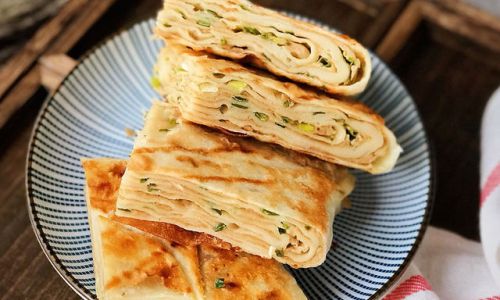
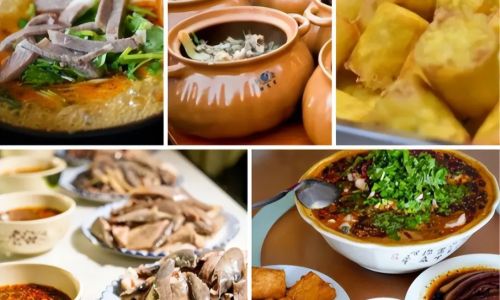
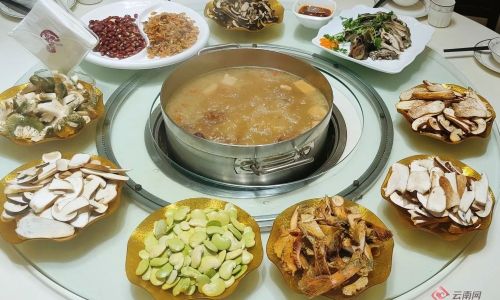
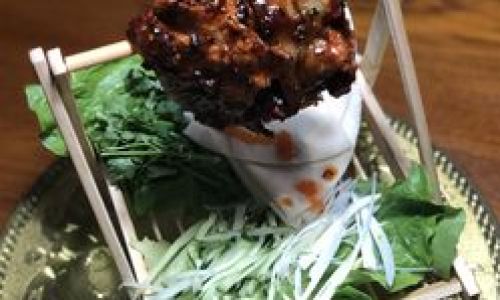
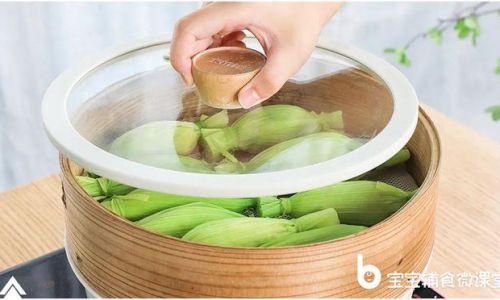
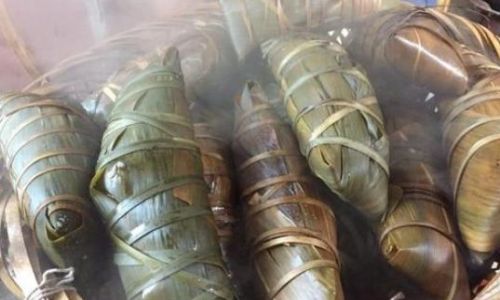
0 comments